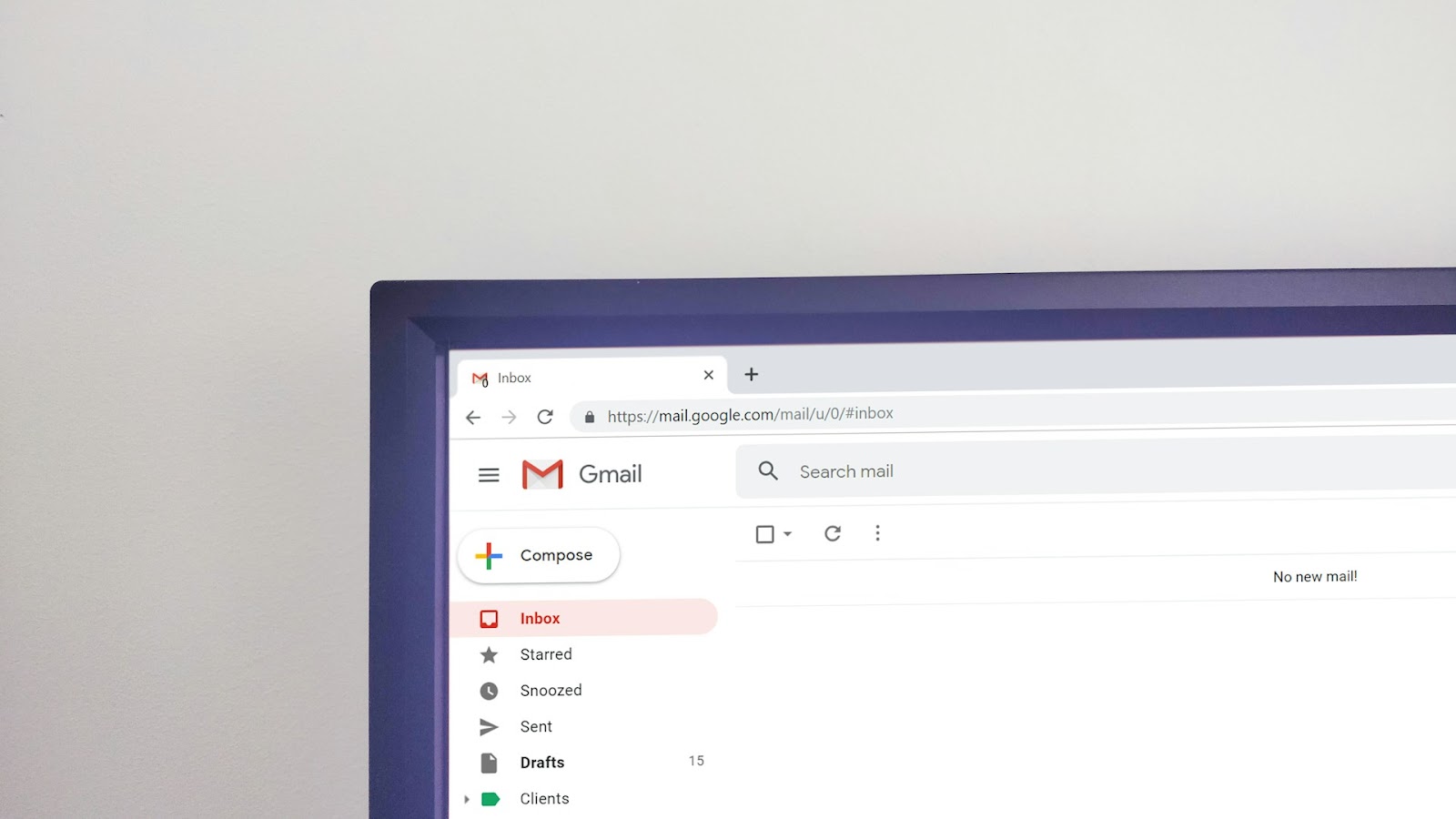Everyone hates being ghosted, but in the tech world, when we're talking recruiters and candidates, some of whom maybe some of the best in the world at what they do, it's next-level frustrating.
For them, they spend days crafting the perfect application, researching your company, planning their approach, getting excited about working with you, nail the interview, and then poof… you disappear without a trace, never to return.
It hurts, but it's not just about hurt feelings (though those are real!).
Ghosting devs, IT folks, whomever... it hurts your reputation AND your company's ability to hire. Top tech talent talks, the industry is connected, and the silent treatment does NOT leave a good impression.
Perhaps something you've overlooked, but this might actually stop the top talent from applying for roles months or even years down the line.
In this guide, I'm breaking down the whole ghosting thing: why it happens, the damage it does, and how to build a candidate-focused process that gets results WITHOUT the disappearing act. Ready to get started?
What is recruiter ghosting? (And why it's the WORST)

Think of it like the job-world version of that flaky date who never texts back - which is precisely what it is.
Recruiter ghosting is when you've been chatting with a candidate, maybe even had an interview, and then… crickets. This is a rampant problem in the recruitment industry, with over 76% of applicants reporting they’ve been ghosted by recruiters in the last year.
Here's what it might look like:
- The post-interview void: You rocked the interview; now it's just radio silence. No updates, no feedback, nada.
- Mid-convo Casper: You were emailing back and forth, things seemed promising, and then... you vanish into thin air.
- The rejection that wasn't: Everyone understands not getting every job, but a polite "no thanks" goes a LONG way.
This isn't just rude; it's straight-up bad business (which we'll get into next!). For now, just remember: ghosting sucks, no matter what side of the hiring desk you're on.
Why recruiters ghost candidates

Okay, the truth is, sometimes recruiters don't intend to ghost. It's a symptom of a bigger problem, and most times, there are a few common culprits:
- The Curse of Mass Messaging: In tech, it's easy to fall into the trap of blasting out generic messages to hundreds of devs. The problem? When even a small percentage replies, it's suddenly impossible to keep up.
- Searching for Unicorns: Everyone wants to hire a rockstar, but sometimes those job reqs get unrealistic. If a recruiter is holding out for perfection, even decent candidates might get ignored.
- Systems on Life Support: You wouldn't believe some of the outdated recruiting tools companies still use! When it's a nightmare to track candidates or get approvals, things slip through the cracks.
I don't want to make it sound like recruiters are getting off easy here. Even with these problems, ghosting isn't the answer. Of course, you're busy with different roles and managing people, and might have dozens of applicants to be sorting through.
However, I'm not asking you to work harder and burn out. If this is a problem (and will be causing problems for your business), the trick is to look at the systems you work with and look for ways to improve, automate, and streamline them for the best outcome for all.
That said, understanding the WHY is the first step to fixing it.
The negative consequences of recruiter ghosting

Think ghosting is just a minor annoyance for candidates? Think again. It has a ripple effect that can seriously hurt your company in the long run.
Damaged candidate relationships
When a recruiter disappears mid-conversation, it erodes candidates' trust in the hiring process. Candidates invest time and hope into applications, and ghosting leaves them feeling disrespected and frustrated.
Unsurprisingly, this damage can deter those same talented individuals from wanting to engage with that company ever again.
And stats back this up. Back in 2022, 80% of surveyed job seekers said they would never “reapply to a company that doesn’t notify them of their application status.”
Long-term brand damage
In the interconnected world of tech, news travels fast. Negative experiences get shared on social media and professional networks, shaping how others view your company.
Ghosting makes it far more difficult to attract top talent when candidates know there's a chance they won't be treated with basic professionalism. Imagine a networking meeting where your company's name comes up, and someone says, "Ah, I applied there once, and it wasn't a very good process. I doubt I'd do it again."
A simple comment that could send talent flocking in other directions. For you, the long-term consequence is a shrinking talent pool and a struggle to fill those critical tech roles.
Missed opportunities
Ghosting isn't just about the immediate rejection – it's about missed connections. A candidate who wasn't right for one position might be the ideal fit down the line, but burning that bridge makes it impossible to reach out in the future.
Additionally, a candidate with a positive experience, even if they don't get hired, is far more likely to refer to other great people.
Ghosting slams the door on those valuable referrals and the long-term growth of your talent network, rather than keeping a foot there in case a better-suited opportunity appears later down the line.
Lowered productivity and increased turnover
The effects of ghosting aren't just external. It signals a system under strain – too many applicants, not enough tools to manage them. This is decent respect we're talking about, and rampant ghosting is a clear signal that something's wrong.
This leads to wasted time, resources, and lower morale as recruiters get burnt out dealing with the fallout. A culture where ghosting is common won't retain top recruiters for long, leading to further instability in your hiring process.
Top strategies for minimising recruiter ghosting
A group of developers smiling while sat around a table
Okay, enough about the problem – let's talk SOLUTIONS. Here's how to create a candidate-centric hiring process and banish those ghosts for good:
Clear communication = Happy candidates
Start with the basics: Tell candidates what to expect. Set a policy: Every applicant gets a reply within X days, even if it's automated. The same goes for after an interview — "We'll make a decision by [date]" is better than silence.
This alone shows respect for someone's time, and this is really all you need to do.
However, and understandably, it's easy to get caught up with the flow of work, have too much on your to-do list that seems to take a higher priority, or you simply forget. Therefore, other systems are required to back you up.
Let tech do the grunt work
It's 2024; there's no excuse for manually emailing every applicant! AI tools can automate basic screening, meaning fewer candidates who are obviously wrong fall through the cracks.
And even a simple "Thanks for applying, we'll be in touch soon" auto-response goes a long way.
Pro tip: When a candidate ISN'T a fit, a pre-written "no thanks" template is WAY better than ghosting. Be polite but clear so they can move on.
Build your bench
Stop thinking of every job opening as a one-and-done deal. Great candidate, but the timing wasn't right. Keep them in a talent pool! Email updates about the company, invite them to webinars...nurture that relationship for when the next opening DOES match their skills.
Train your team (and hold them accountable)
Sometimes recruiters need a reminder that candidates are people, not just resumes. Training on the damage ghosting does to your employer's brand can be eye-opening.
And, yes, make communication a part of their reviews – if they're ghosting, their manager needs to know.
The takeaway here is that minimising ghosting isn't about being touchy-feely. This is smart business. It builds a positive reputation, streamlines hiring, and lets you focus on finding those truly awesome tech pros, not apologising for disappearing acts.
Implementing best practices in recruitment processes
Think of the hiring process as a user interface. If it's confusing or unresponsive (aka ghosting), even the best devs won't stick around to figure it out. Here's how to create a candidate experience that gets results:
- Communication is your killer app: Every confirmation email, every status update... that's showing candidates you're a company that keeps its promises. This builds trust from day one.
- Ditch the templates (sometimes): Yes, automated responses are good, but for promising candidates, it takes 5 minutes to personalise. Shows you actually read their resume.
- Feedback isn't optional: A quick "no thanks" with a SHORT reason why ("skills were strong, but we went with someone with more X experience") goes a long way. It helps the candidate improve and keeps the door open if they upskill down the line.
- Train, don't blame: If your recruiters are ghosting, it might not be intentional. Training on communication best practices and tools to help them stay organised makes a BIG difference.
Treating candidates well isn't just about being nice; it's about being competitive. Top tech talent has options. Make your company the one they WANT to work for, from first outreach to final offer (or even if they don't get the job this time).
Conclusion
Ghosting is a lose-lose. It hurts your company's reputation, wastes your team's time, and alienates amazing tech talent in a market where you can't afford to. The good news? There's a better way.
By prioritising respectful communication, using tech tools to streamline the process, and building a candidate-first mindset, you become the kind of company top talent wants to work for. That's not just good ethics, that's a competitive advantage.
Are you ready to ditch ghosting for good? Commit to these changes:
- Clear communication standards: Every applicant gets a response, period.
- Tech to the rescue: Automate those basic tasks to free up your team to focus on high-potential candidates.
- Train for success: Make sure your recruiters know how to communicate effectively and respectfully.